Etoimos
TPF Noob!
- Joined
- Oct 9, 2019
- Messages
- 77
- Reaction score
- 71
- Location
- Colorado
- Can others edit my Photos
- Photos NOT OK to edit
Great photos! I just started the I want to photograph the Milky Way journey. Interesting that you are using 24mm when everything I read indicates you need wide for astrophotography.
Thanks. The MW is a fun subject to chase. It is one of the few subjects I photograph that makes me say "wow" out loud when reviewing the newly taken image on the camera's LCD screen. But once you figure it out, it is really easy to get good shots. The one above with the Very Large Array dish in it only took me 5 minutes to capture and 8 shots to get the light painting correct. The real challenge is finding dark skies on a clear night when you can stay up late enough to go shoot it!
I some times use my 16-35mm f2.8 L if I need a wider view. Like any photo, the composition you want will dictate what focal length you will want to use. You can even us telephoto lenses for MW shots depending on what you want from the image. The big issue with longer focal lengths is that the stars will start blurring faster, so you can't do as long as an exposure. This means you don't capture as much light, or you have to push your ISO up more and deal with any extra noise that might create.


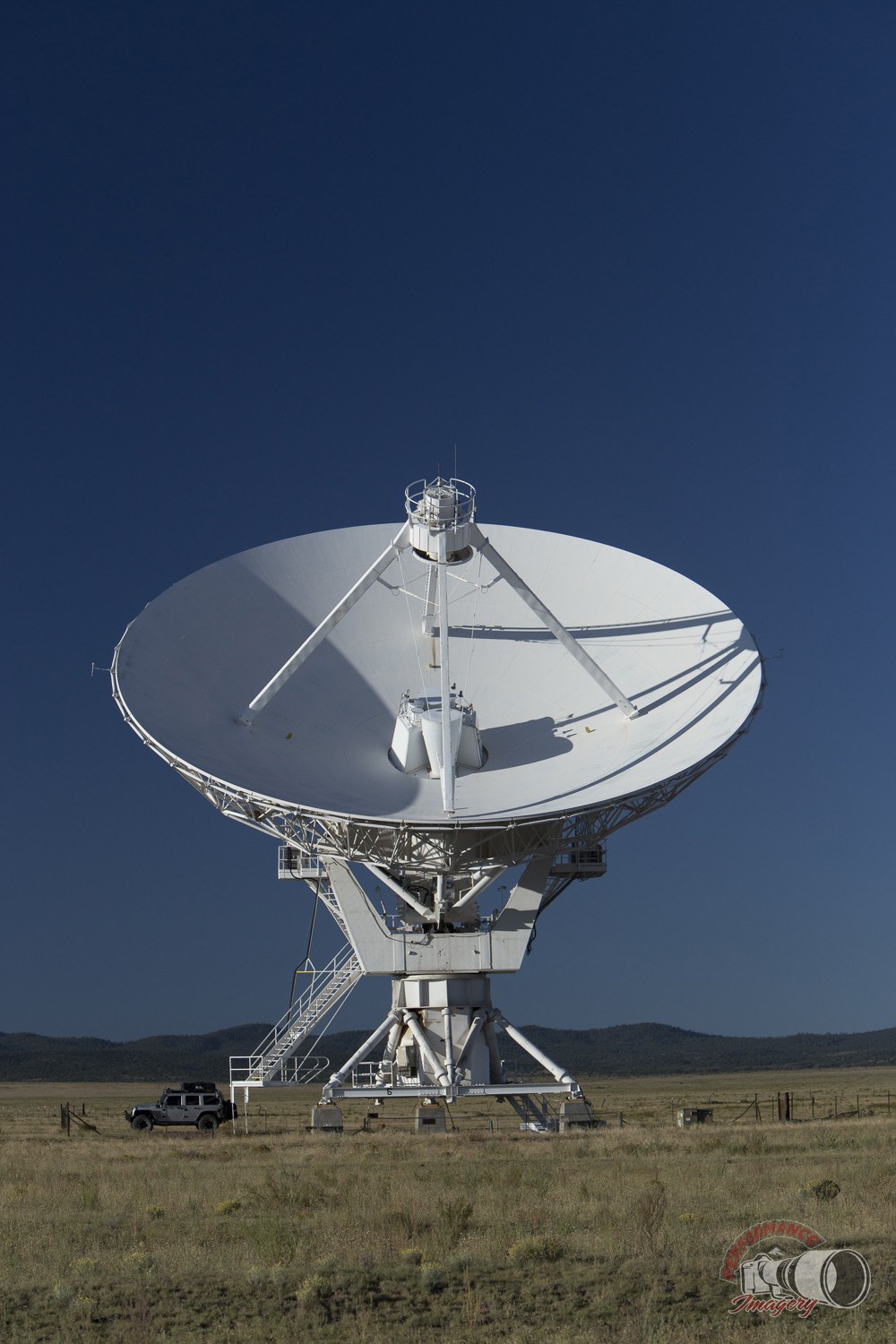
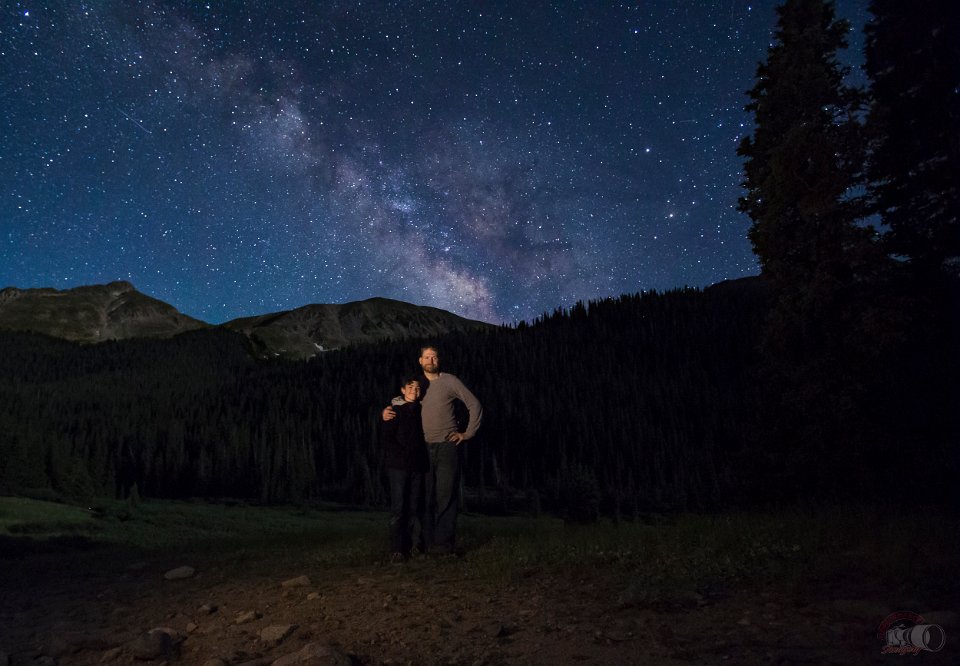
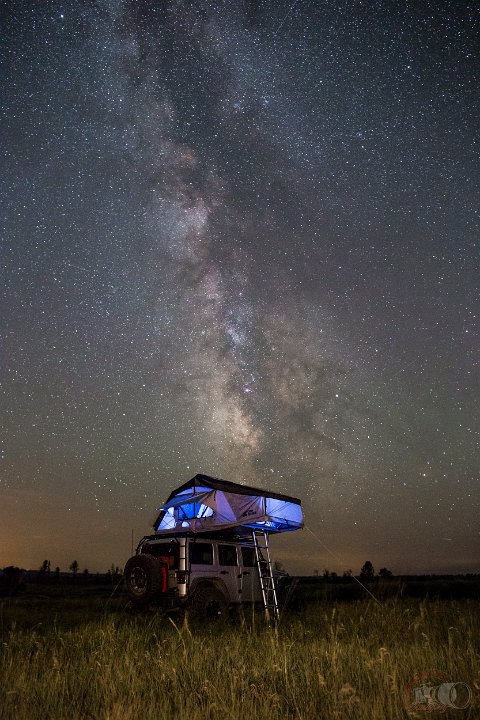
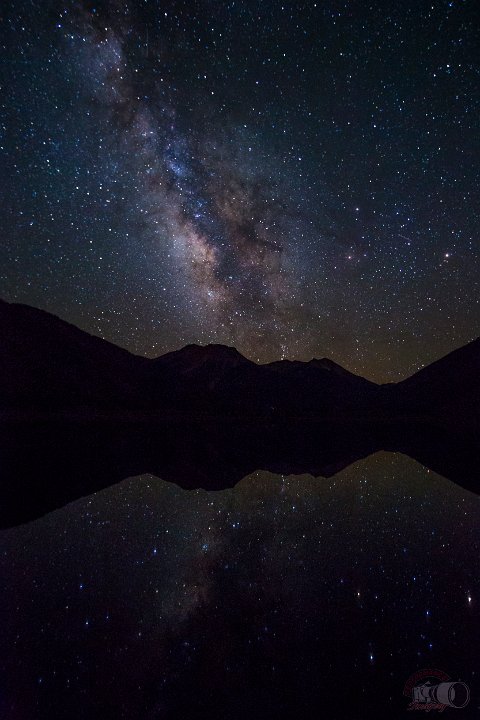

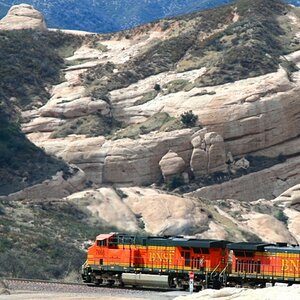
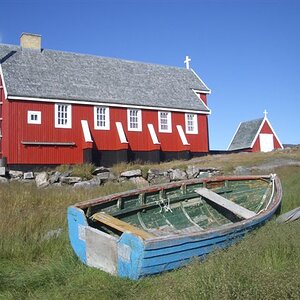
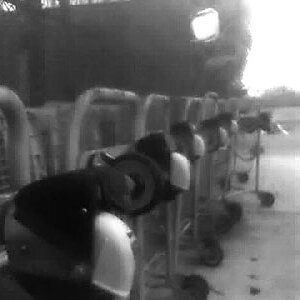
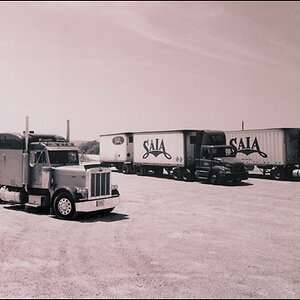
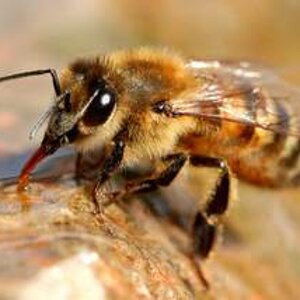
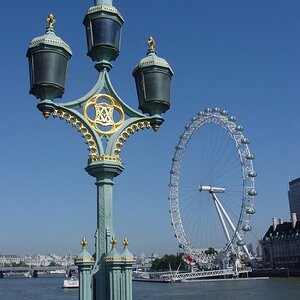
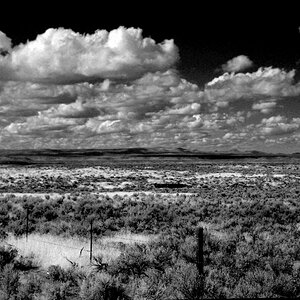
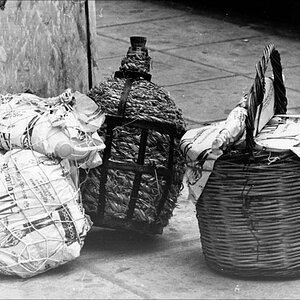
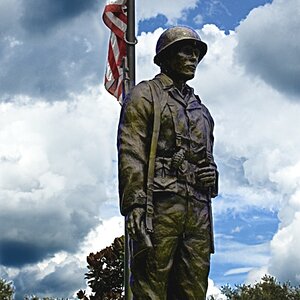

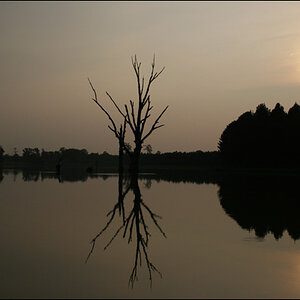
![[No title]](/data/xfmg/thumbnail/31/31706-3e429b21053f11072ed2e5b37c019073.jpg?1619734964)